How to set yourself up for a successful game localization project
Getting ready to localize your game? Learn what to consider before starting a localization project, from setting up your file to creating a style guide.
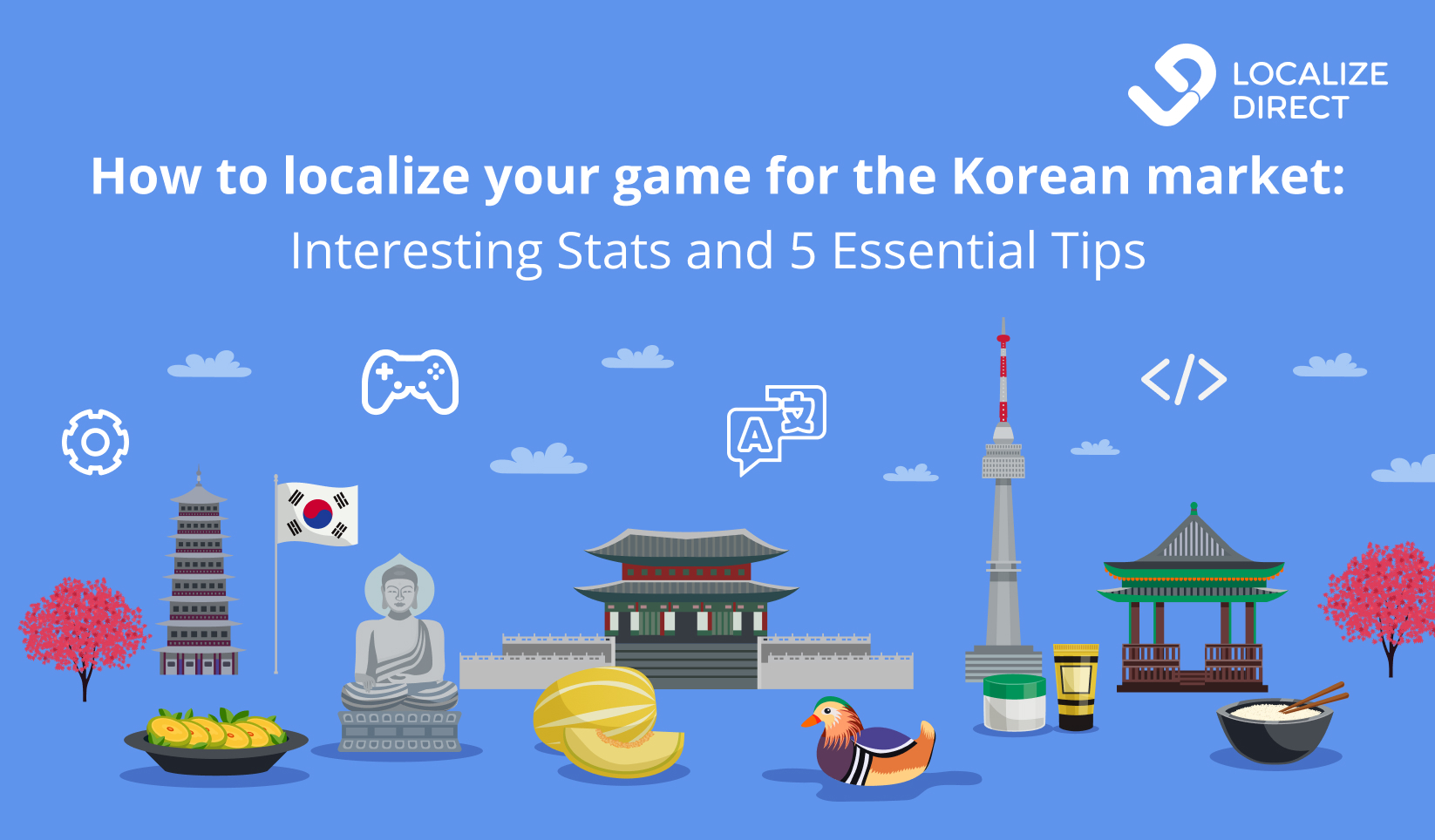
Korea is one of the largest gaming markets in Asia and the whole world. Not only does it offer a huge and vibrant community of players, but its audience is also very willing to spend money on games.
In this post, we’ll cover the major aspects of the game industry in Korea—and why you should consider localizing your game to Korean—and give you some proven tips on what to be aware of with Korean translation.
4 reasons to consider publishing your games in Korean
Peculiarities of the game market in South Korea
How to localize your game to Korean: 5 tips
KEY TAKEAWAYS:
The Korean game market is one of the largest in the world—fourth by revenue to be precise ($7.4 billion in 2022).
According to Newzoo, European countries that are next on the list have a higher number of players but lower revenue (for instance, Germany with almost 50 million gamers amounted to $6.5 billion, while 33 million Korean gamers accounted for $7.4 billion). It means that there are not only many game enthusiasts in Korea but they also have a high capacity to pay for entertainment.
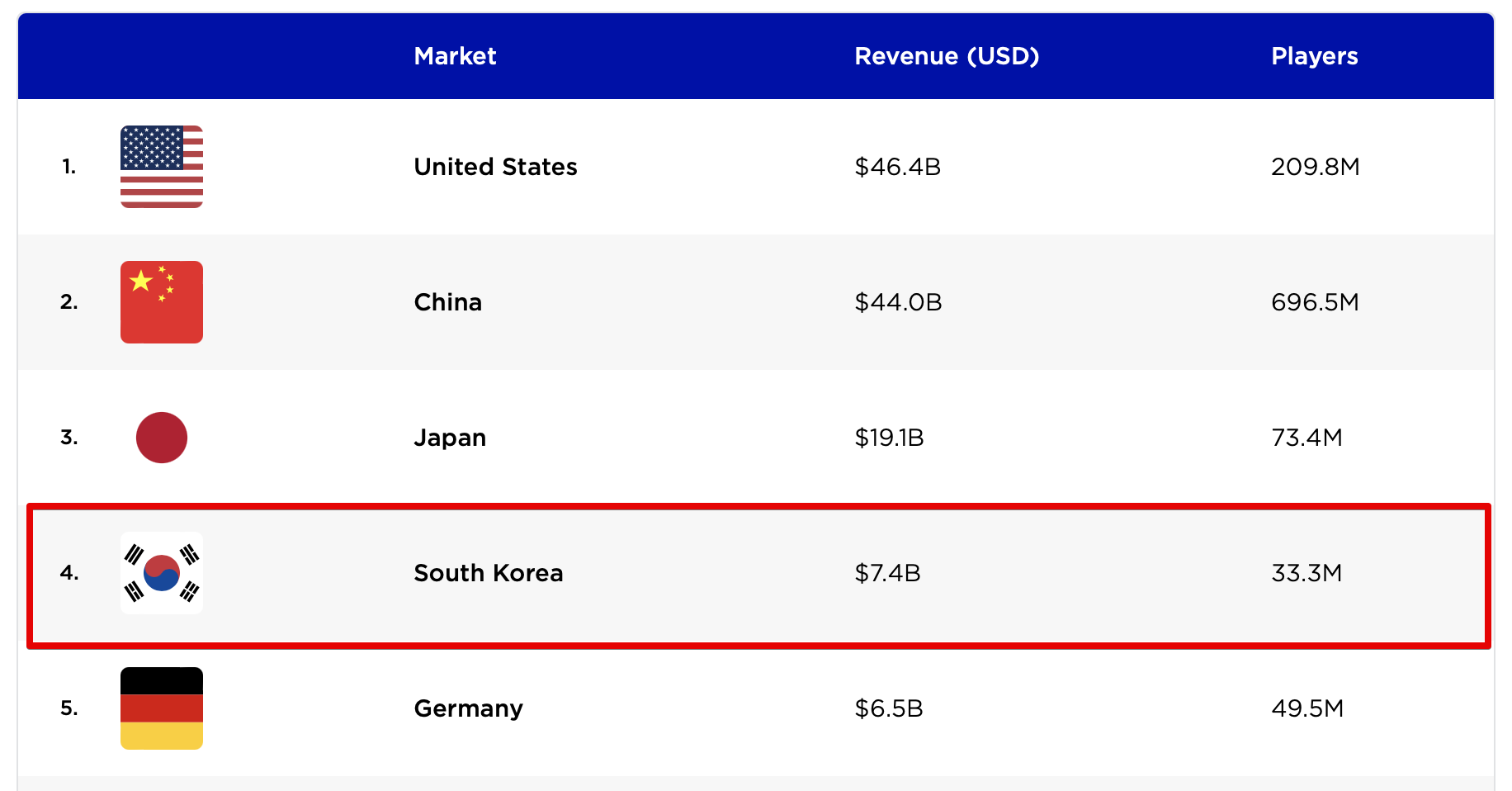
Let’s take a look at some other facts and numbers about the South Korean game market:
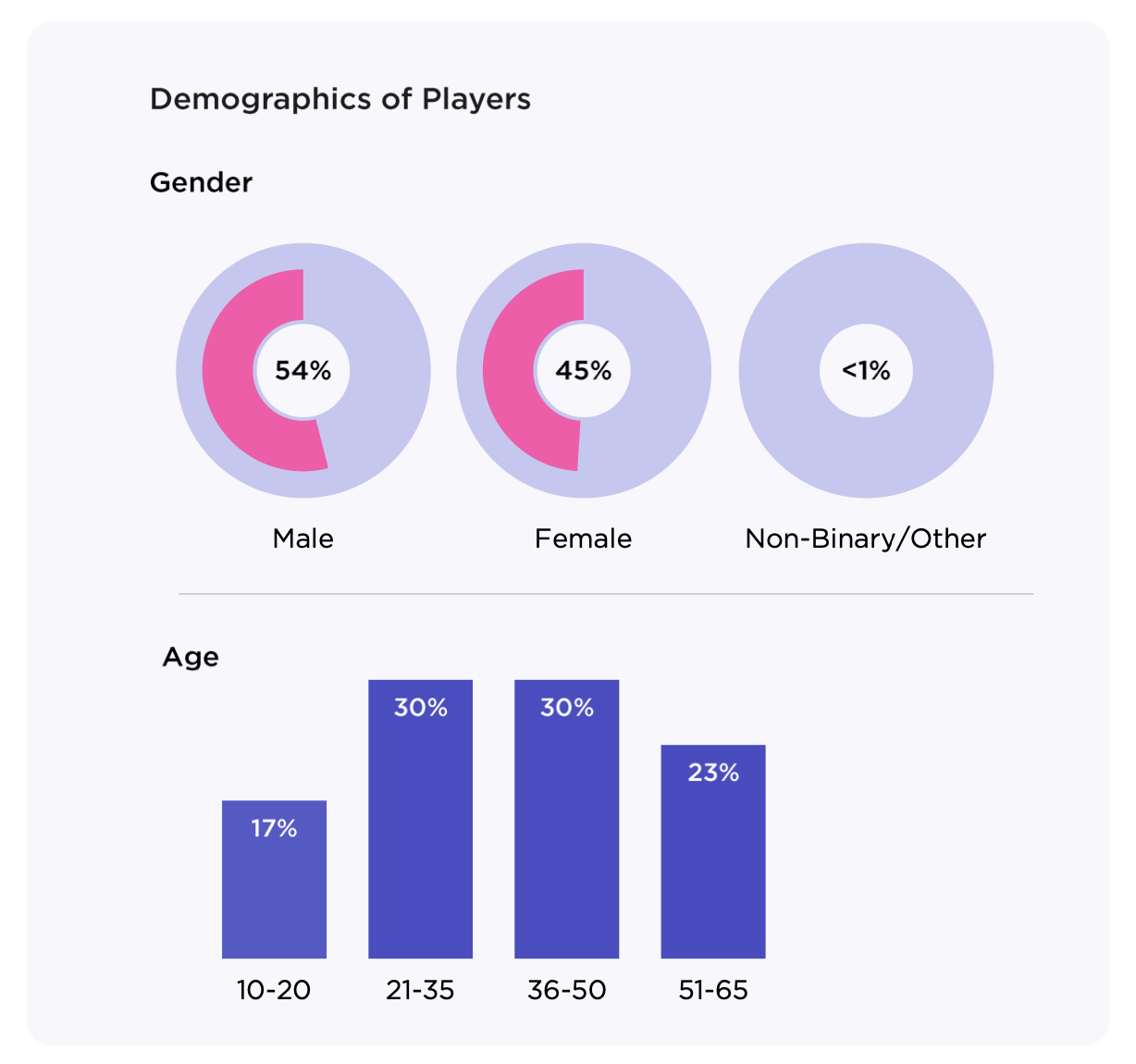
Demographics of South Korean players. Source: Newzoo
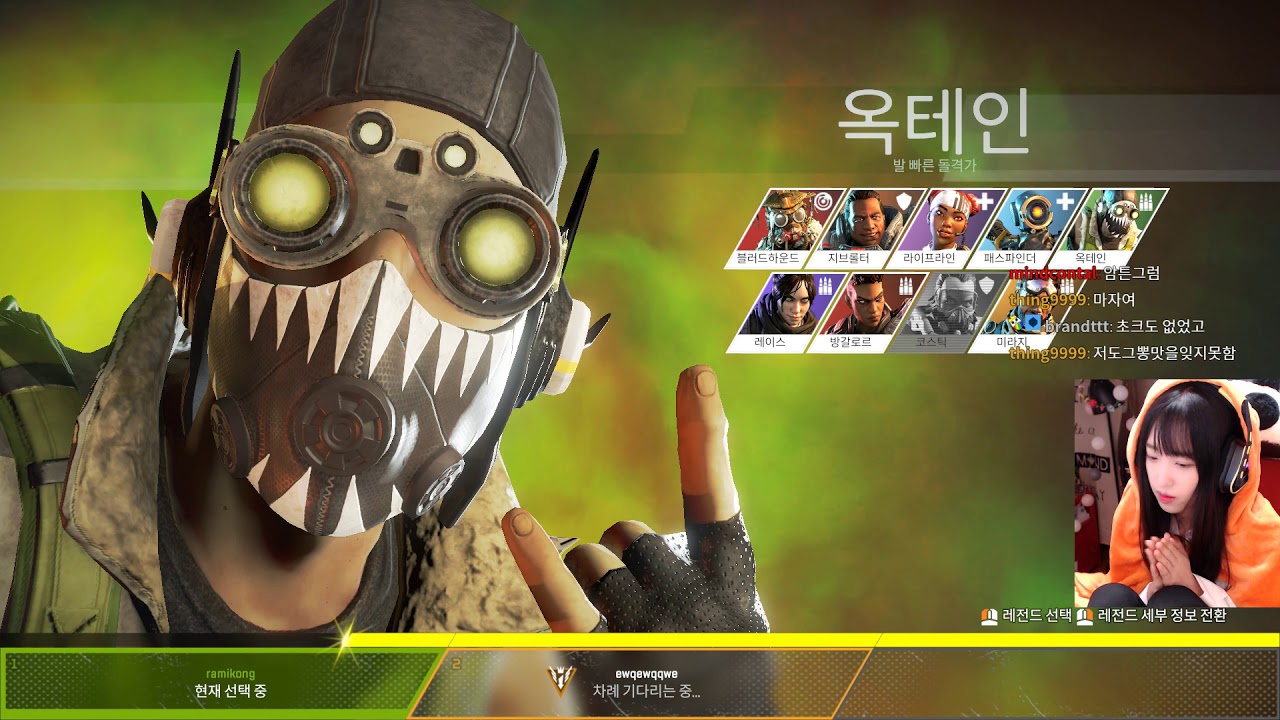
Korean live streamer. Source: YouTube
There are a couple of things that characterize the Korean online game market:
Let’s see what you need to know about these aspects before launching a game on the South Korean market.
So-called PC bangs are internet cafes where you can engage in multiplayer computer games. People pay an hourly fee and play different games where they can cooperate with each other within a team. PC bangs started appearing around 1998, and now play an important social role for South Koreans who go there to spend time with friends or colleagues. The sales revenue of PC bangs reached over $1.3 billion in 2022.
How can you use this data to your advantage? If your game is cooperative by nature, then you have a high chance of appealing to the local Korean audience. But if it’s not meant to be played in a team, consider implementing some other forms of socialization within the game or around it (competition with friends, chatting, etc.).

PC bang. Source
South Korea has a dedicated regulatory body responsible for reviewing games, the Game Rating and Administration Committee (GRAC), formerly the Game Rating Board. Games are obliged to receive a rating from GRAC before being promoted and sold in the country.
The rating system takes into account different areas of sensitive content, such as depiction of violence, explicit language, or anti-governmental messages. For the most part, it’s similar to the ESRB rating system that exists in Northern America.
Very few games get banned in Korea, but it still might be the case. For instance, Mortal Kombat was rejected because of cruelty, and Homefront was prohibited because its plot negatively portrayed an alternative, unified Korea.
Compared to another Asian game market giant, China, which has tons of regulations (to publish a game in China, you might need to reconsider or amend certain things), South Korea is very liberal. In 2021, the country even lifted the restrictions that prevented children below 16 from playing after midnight and before 6 AM.
One thing that Korea remains strict about is gambling and play-to-earn gaming. Gambling games are generally illegal apart from certain exceptions, and the depiction of gambling in video games is one of the deciding factors in the age rating system. Plus, play-to-earn, blockchain-based NFT games are banned since 2021.
South Korea has a super-popular social network app called KakaoTalk that has expanded beyond messaging and features a whole ecosystem of products, including the game publishing and distribution service Kakao Games.
There are over 50 million KakaoTalk users, and 47+ million of them are from South Korea, which is more than 90% of the country’s population. You don’t want to miss out on an opportunity to reach all these users: consider publishing on Kakao platforms (available for PC and mobile games) and learn about the proven tactics of KakaoTalk marketing.
For instance, when Candy Crush Saga was launched on Kakao, the developer cooperated with the platform to create special social features in the app like exclusive emojis or game requests to friends.
Note that the publication process on Kakao Games might take some time. The company will test your game to ensure that it provides value to Korean players. To get accepted, you’ll need to have impeccable Korean game localization.
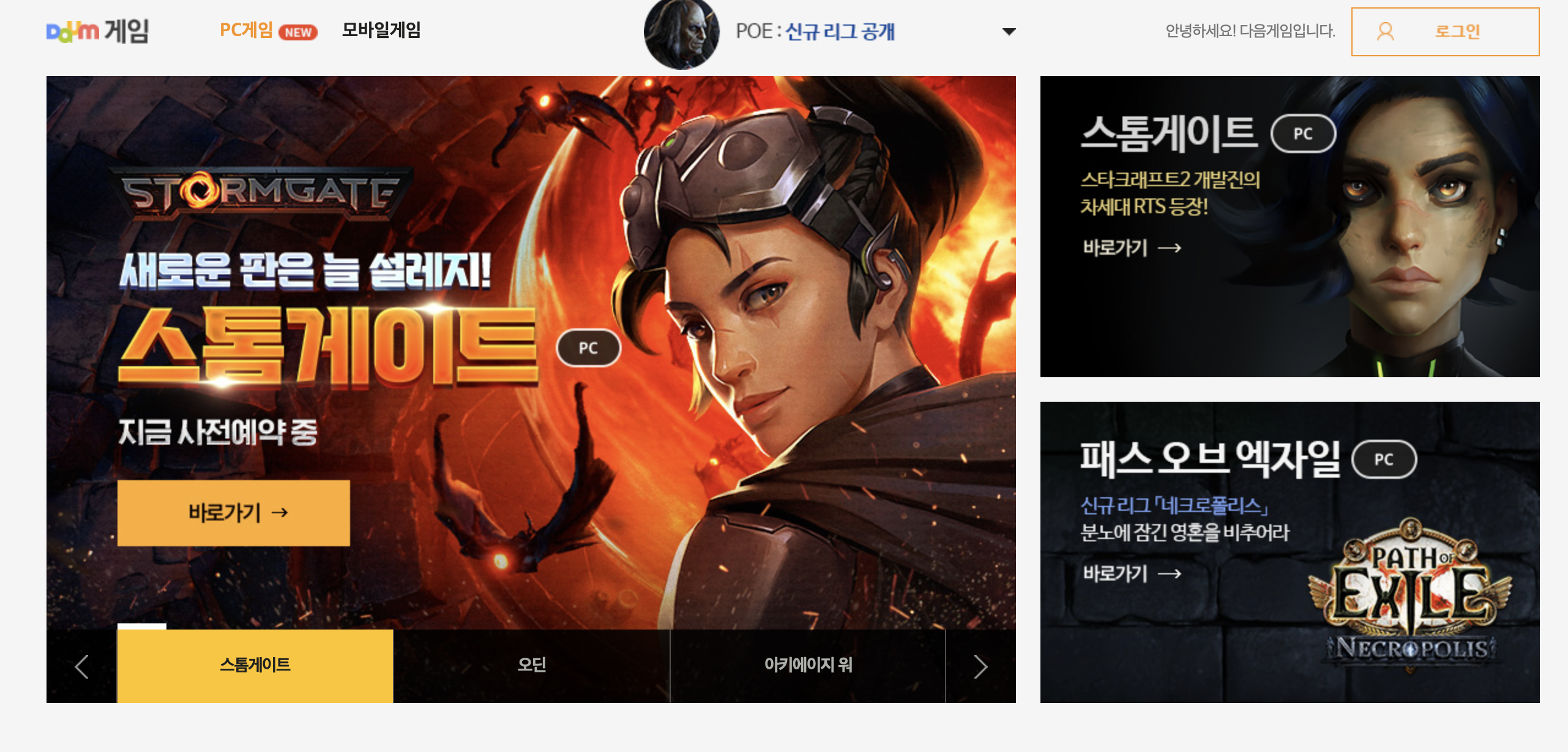
Localized game Stormgate featured on the Korean platform Kakao Games. Source: Kakao Games
Historically, there have been 7 different speech levels in Korean, each representing a different level of formality. While not all of them are in use today, it’s still important to know how to distinguish the major ones and how to apply them to your game translation to Korean:
Each degree of formality also involves a different intonation pattern. If you’re going to record Korean dubbing, make sure that voice actors understand these nuances.
On top of that, there are various honorifics in the Korean language that your translators need to be aware of. In certain contexts, you’ll need to use a completely different word because of the honorific form.
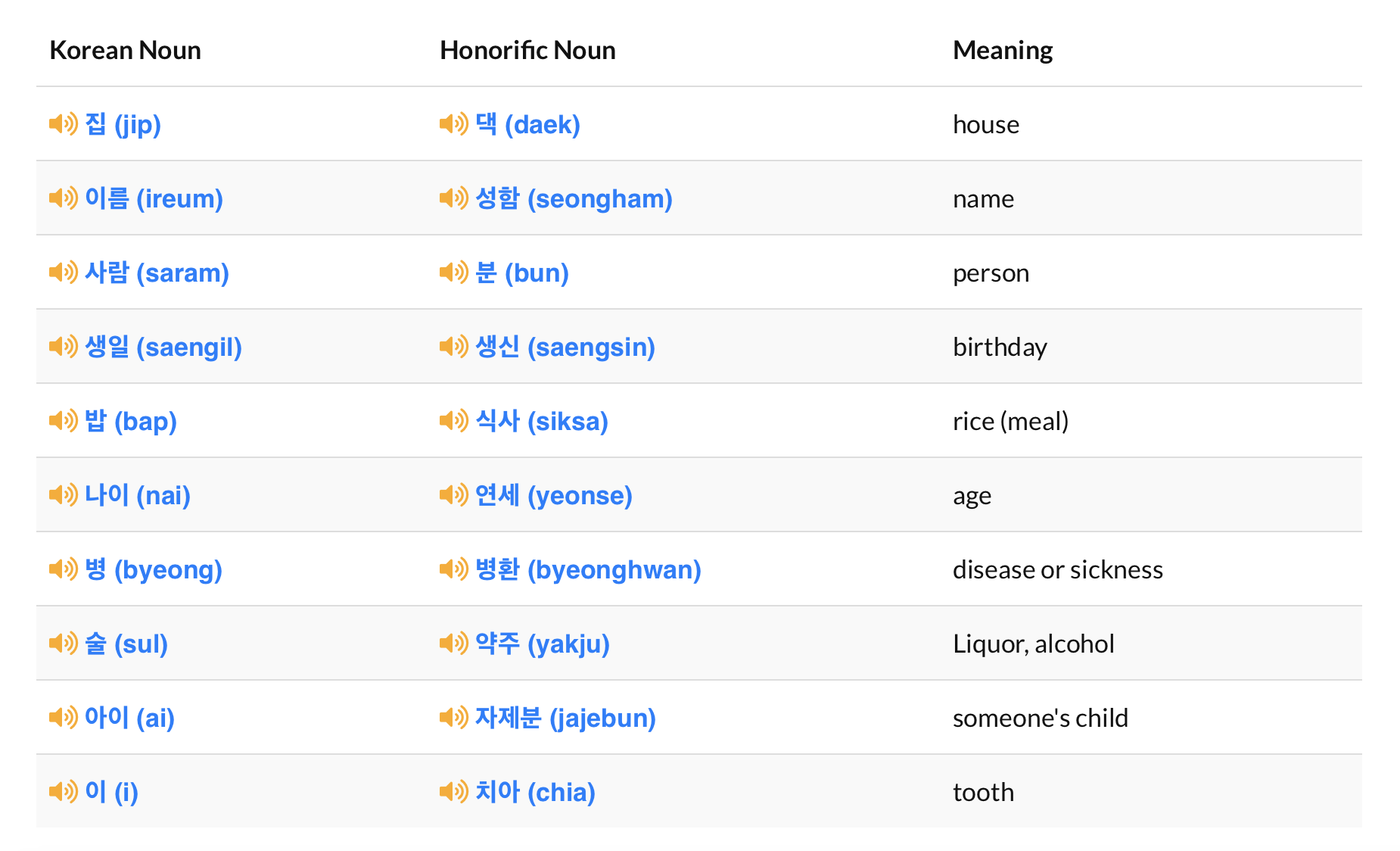
Korean honorifics examples. Source
Apart from Korean characters looking very different from the Latin alphabet—and you’ll need to find fonts that support Korean—there are two types of encoding that are used for the Korean language. In Wansung (완성형), each Hangul syllable is stored as a single character in the encoding system, while in Johab (조합형), syllables are constructed dynamically.
Since the Wansung font is limited to a predefined set of syllables, it’s more prone to errors. For example, a user complaining about the Apex Legends game localization into Korean noted that Wansung can’t show misspelled words (in the in-game chat)—you’ll see broken symbols instead.
NB! As a rule of thumb, you should allow for text expansion, as characters and sentences in other languages tend to get way longer compared to English. However, the situation might be the opposite—the Korean text might take less space:

English and Korean copy in the Animal Crossing game. Source
Korean has a very different word order compared to English. The usual pattern is subject-object verb. For example, “I eat apples” in Korean, if translated literally, would follow the structure “I apples eat.”
For this reason, it’s essential not to divide any phrases or sentences when preparing your game for translation to Korean. Make sure that the localization tool you’re using doesn’t break long sentences and always gives context for translators.
Different countries tend to have different rules when it comes to formatting numbers, dates, and units of measurement. Here’s what you need to have correct formatting in your game in Korean:
While localizing game content is essential, you shouldn’t diminish the role of localizing marketing strategies and materials. Here are some of the things you can consider:
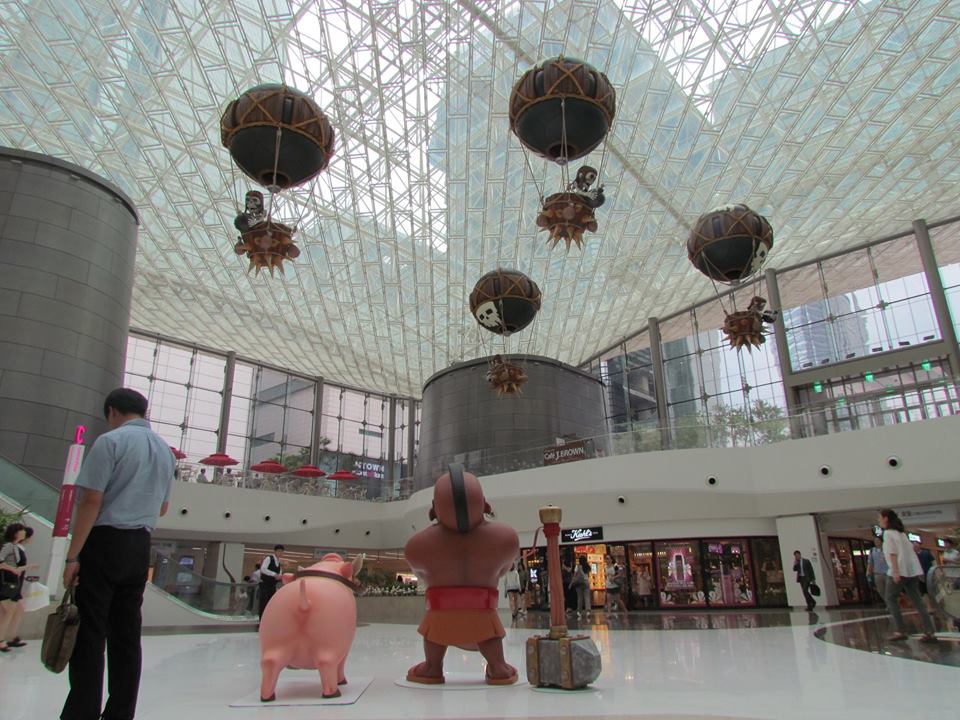
Clash of Clans characters in a Korean mall. Source
We hope the tips we’ve shared will help you shape your opinion about the Korean game market and build a strategy for high-quality localization. The Korean community of gamers is very active and also critical. Korean players will get angry if the translation quality is not good or if the game localization is delayed (what happened to Witcher 3, for example).
To succeed with your game in Korean, cooperate with native translators who understand the nuances of the language and implement local tools like KakaoTalk to promote your product.
If you want to enter different Asian gaming markets—which is often the right thing to do—we recommend starting Japanese and Chinese localization simultaneously. Drop us a line to learn more details about the translation process and cost estimates.
Getting ready to localize your game? Learn what to consider before starting a localization project, from setting up your file to creating a style guide.
Some Asian countries are absolute global leaders in the gaming industry: for instance, China, Japan, and South Korea are all in the top 4 by revenue after the US. Other markets (Southeast Asia and the Middle East) are some of the most rapidly growing ones, especially in the sector of mobile gaming.
